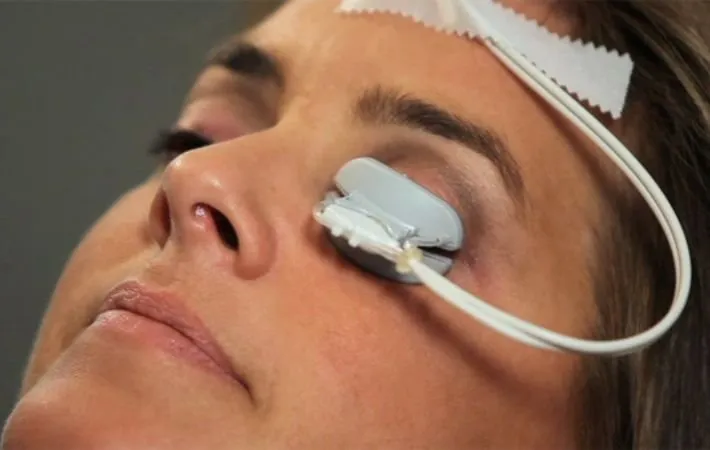Dry eyes can become more noticeable during hot summer months. High temperatures, outdoor activities, and increased exposure to fans or air conditioning often aggravate symptoms. Understanding available treatments and protective habits can help reduce irritation and support ocular comfort throughout the season.
Recognizing the Factors That Worsen Symptoms
Several environmental conditions contribute to dry eyes in summer. Direct sun exposure, wind, and prolonged time in chlorinated pools may affect the tear film and disrupt natural moisture balance. Even indoor cooling systems remove humidity from the air, which increases evaporation of tears and leads to discomfort. Those who wear contact lenses may also experience heightened sensitivity as the eye’s surface becomes more prone to dryness. Common symptoms include itching, stinging, redness, and a gritty sensation. Some individuals notice temporary blurred vision or increased light sensitivity. When these signs appear regularly, they indicate a need for consistent support and treatment.
Using Lubricating Drops to Maintain Moisture
Over-the-counter artificial tears offer one of the most accessible and effective ways to manage dryness. Choosing preservative-free formulas reduces the risk of irritation with frequent use. Applying these drops several times a day can help maintain eye surface moisture and protect against exposure-related symptoms.
For individuals spending time outdoors, carrying lubricating drops and using them after extended exposure to sun or wind can support comfort and reduce inflammation. In some cases, gels or ointments may be used at night to provide longer-lasting relief while sleeping.
Trying Prescription Therapies for Persistent Discomfort
When standard options provide limited relief, prescription treatments may be appropriate. Certain eye drops target inflammation or increase tear production, offering more targeted symptom control. For example, medications that enhance tear film quality can address underlying imbalances contributing to dryness. Specialized in-office treatments, such as thermal pulsation therapy, may be recommended for individuals with meibomian gland dysfunction. These procedures aim to restore the natural oil layer of the tear film, which helps prevent evaporation and maintain hydration.
Adjusting Habits to Protect Eye Health
Lifestyle adjustments can reduce exposure to aggravating elements. Wearing wraparound sunglasses or broad-brimmed hats offers protection from both sun and wind. Staying hydrated throughout the day supports overall moisture levels, including tear production. Indoors, using a humidifier can offset the drying effects of air conditioning.
Limiting screen time and taking regular breaks while using digital devices can also help. Long periods of staring at screens often reduce blink rate, which affects tear distribution and encourages evaporation. Practicing mindful blinking and following the 20-20-20 rule—taking a 20-second break every 20 minutes to look 20 feet away—can support eye health.
Support and Comfort for Dry Eyes
Dry eyes require ongoing attention, especially during summer when conditions are more likely to create discomfort. Developing a personalized care routine that combines moisture support, protective habits, and professional guidance leads to better outcomes. With thoughtful preparation and regular management, it is possible to maintain clear vision and reduce symptoms. As the season changes, maintaining this routine helps protect the delicate structures of the eye and promotes long-term ocular wellness.

